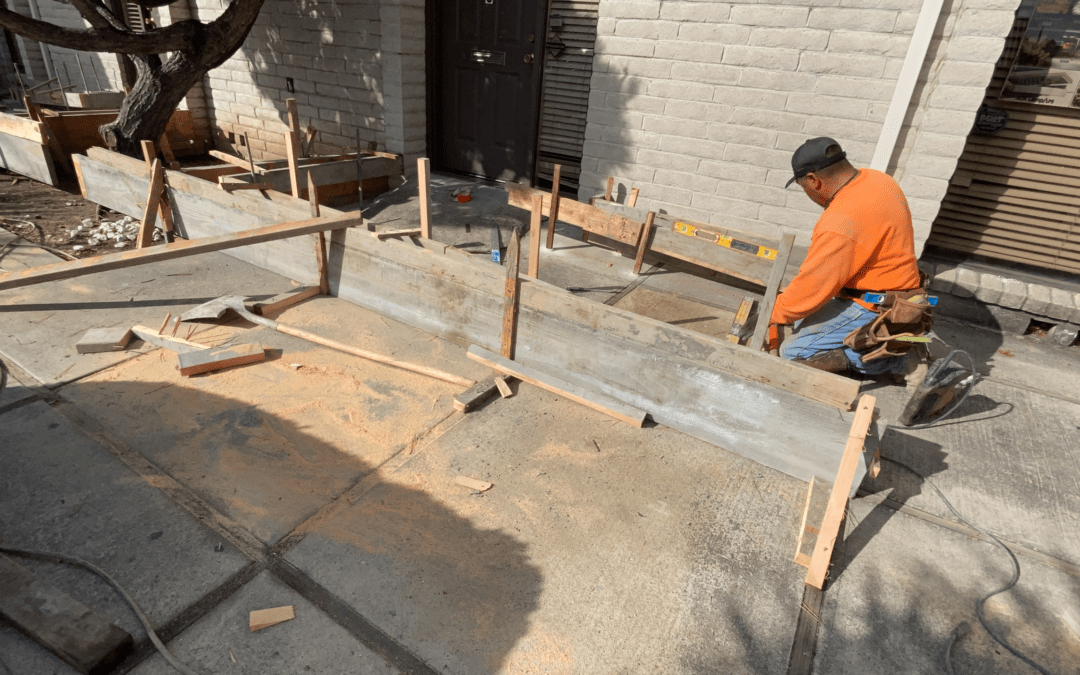Cement and concrete are fundamental materials in construction, often used interchangeably in casual conversation. However, they are distinct materials with specific roles in the building process. Understanding the differences between cement and concrete is crucial for anyone involved in construction or DIY projects. This article will delve into the composition, properties, and uses of cement and concrete, highlighting their unique characteristics and how they work together in construction.
What is Cement?
Cement is a fine, powdery substance made from a mixture of limestone, clay, and other materials. It acts as a binder that holds other materials together. When mixed with water, cement undergoes a chemical reaction called hydration, which allows it to harden and gain strength. There are several types of cement, but the most commonly used type in construction is Portland cement.
Composition of Cement
- Limestone (Calcium Carbonate): The primary raw material.
- Clay: Provides silica, alumina, and iron oxide.
- Gypsum: Added to control the setting time of cement.
- Additional Ingredients: Sometimes, materials like fly ash, slag, or silica fume are added to improve specific properties.
Properties of Cement
- Hydraulic: Cement sets and hardens when combined with water, due to hydration.
- Strength: Provides high compressive strength once fully set.
- Versatility: Can be used in various applications, from mortar to concrete and beyond.
Uses of Cement
- Mortar: A mixture of cement, sand, and water, used to bond bricks or stones.
- Concrete: Combined with aggregates and water to create concrete.
- Plastering: Used for finishing walls and ceilings.
- Grouting: Filling gaps or reinforcing structures.
What is Concrete?
Concrete is a composite material made up of cement, aggregates (such as sand, gravel, or crushed stone), and water. The cement acts as a binder that holds the aggregates together, while the aggregates provide bulk and strength. Concrete is known for its durability, versatility, and ability to be molded into various shapes and sizes.
Composition of Concrete
- Cement: The binder that holds the mix together.
- Aggregates: Typically sand (fine aggregate) and gravel or crushed stone (coarse aggregate).
- Water: Reacts with the cement to form a paste that binds the aggregates.
- Admixtures: Optional ingredients added to enhance certain properties, such as workability, strength, or curing time.
Properties of Concrete
- Strength: High compressive strength, suitable for structural applications.
- Durability: Resistant to weathering, chemical attack, and wear.
- Workability: Can be poured into various shapes and forms.
- Versatility: Used in a wide range of construction projects, from buildings to bridges to pavements.
Uses of Concrete
- Structural Components: Beams, columns, slabs, and foundations.
- Pavements: Roads, driveways, and sidewalks.
- Bridges: Structural and foundational elements.
- Buildings: Residential, commercial, and industrial structures.
Key Differences Between Cement and Concrete
- Composition:
- Cement: Made of limestone, clay, and gypsum. It is a standalone binding material.
- Concrete: Composed of cement, aggregates, and water. It is a composite material used in construction.
- Function:
- Cement: Acts as a binder to hold other materials together.
- Concrete: A building material used for structural purposes, where cement acts as a binder within the mix.
- Properties:
- Cement: Exhibits high compressive strength and sets through hydration.
- Concrete: Offers high compressive strength, durability, and can be molded into various shapes.
- Uses:
- Cement: Primarily used to make mortar, concrete, and plaster.
- Concrete: Used for constructing buildings, pavements, bridges, and other infrastructure.
Conclusion
Understanding the difference between cement and concrete is essential for anyone involved in construction or home improvement projects. Cement is a crucial ingredient in concrete, acting as the binder that holds everything together. Concrete, on the other hand, is the finished product used to build structures and infrastructure. By recognizing their distinct properties and uses, you can make informed decisions about materials and techniques for your construction projects.

